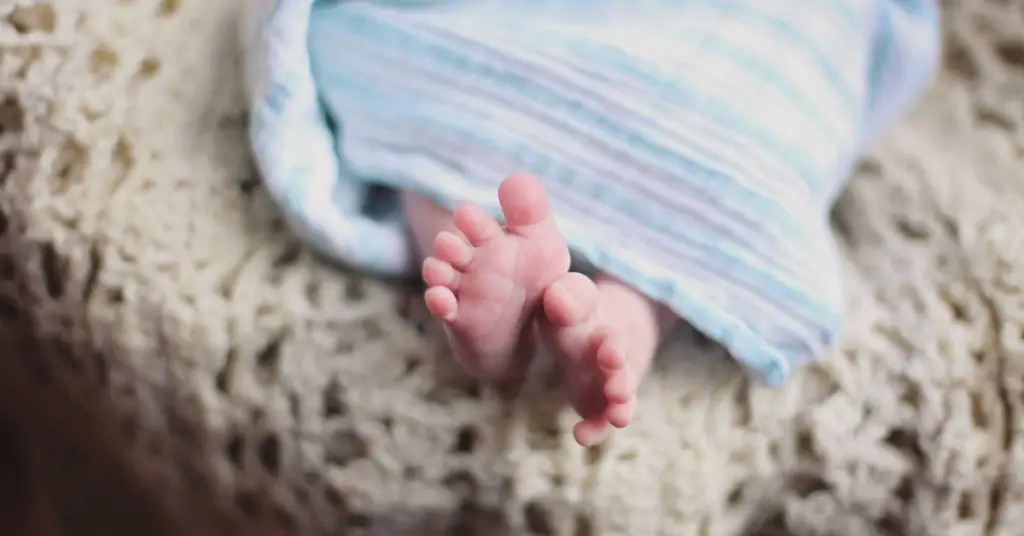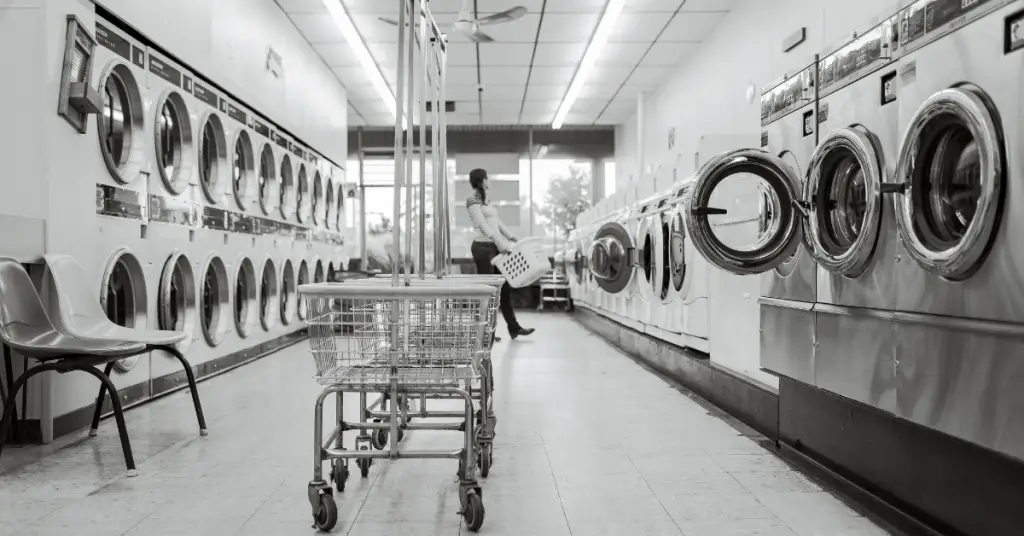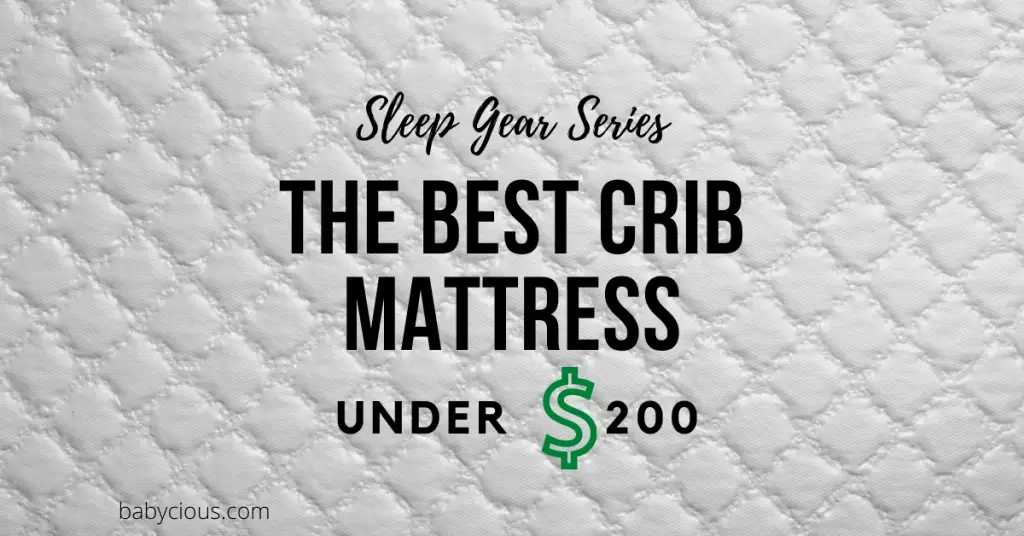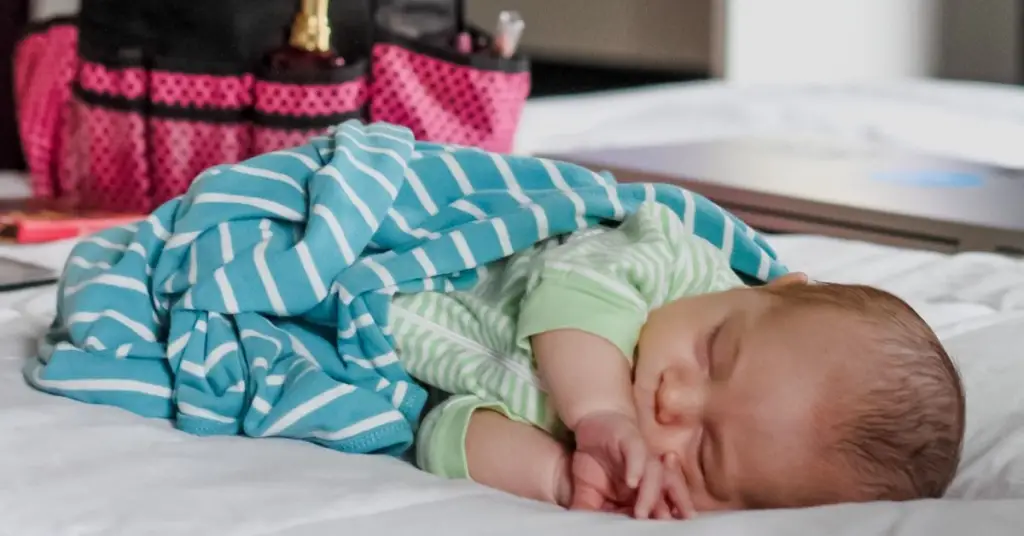Worried about the humidity levels in your baby’s room? Here are seven effective ways to reduce humidity and keep your baby safe and healthy!
The products mentioned on this page were independently selected by Babycious editors. As an Amazon Associate, Babycious may earn a commission from qualifying purchases.
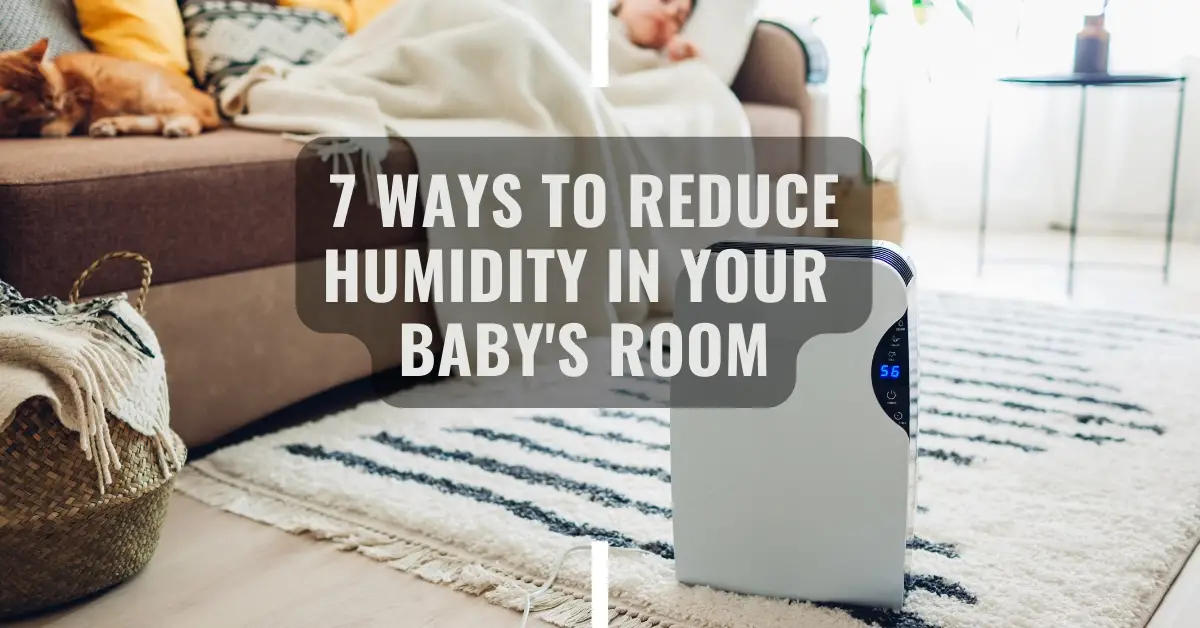
If you’re like most new parents, you’re constantly worried about the environment your baby is in. And one of the biggest concerns is how to reduce humidity levels. High humidity can cause several problems for your little one, including respiratory issues, skin problems, and even mold growth.
In this blog post, we will discuss how high humidity affects babies and how to lower humidity in your baby’s room using various methods to keep them safe and healthy!
Is High Humidity Bad for Babies?
Babies are very sensitive to high levels of humidity as they cannot regulate their inner temperature as well as adults do and can suffer from a number of health problems as a result.
First of all, high humidity can cause the growth of mold and mildew, which can be dangerous for your baby’s health. Secondly, high humidity can cause respiratory problems in babies, such as asthma and bronchitis. Lastly, high humidity can lead to skin problems in babies, such as eczema.
If you are having problems with high humidity in your baby’s room, be sure to try some of the tips mentioned in this article. By following these tips, you can help keep the humidity level in your baby’s room at a healthy level, which will help ensure your baby’s health.
What Is the Ideal Humidity for A Baby’s Room?
A good rule of thumb is to keep the humidity level in your baby’s room below 60%, ideally between 30% and 50% if possible, as the EPA (the United States Environmental Protection Agency) recommends.
As the humidity level that is safe for a baby will vary from child to child, there is no definitive answer to how humid is too humid for a baby’s room. So, if you are not sure whether the humidity level in your baby’s room is too high, here are a few signs that can help you to determine if this is the case:
- The room feels stuffy and oppressive
- There is condensation on the windows and/or walls
- Mold or mildew is growing on surfaces in the room
- Your baby is experiencing respiratory problems, such as asthma or bronchitis
- Your baby is experiencing skin problems, such as eczema
- The furniture and bedding in the room feel damp
You can also monitor your baby’s room humidity level by using a humidity gauge or a hygrometer that are available at relatively low cost, like this digital hygrometer that will give you both humidity and temperature readings for the room.
7 Ways to Reduce Humidity in Baby’s Room
If you find that the humidity level in your baby’s room is regularly above 60%, you need to take action to lower it to a healthy level. Lowering the humidity level in your baby’s room can be a challenge, but it’s important for their health and safety. Here are seven effective methods you can use:
Run a Dehumidifier in The Room
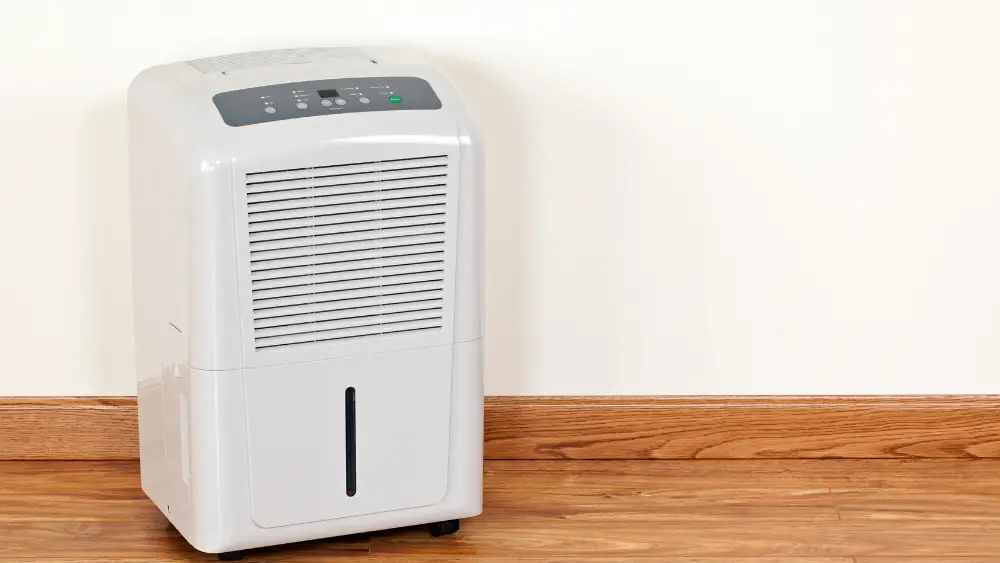
This is the most effective way to reduce humidity levels quickly and easily in your baby’s room. Dehumidifiers work by removing moisture from the air, which can help lower humidity levels in your home.
There are three main types of dehumidifiers: compact, portable, and whole-house. Compact dehumidifiers are small and lightweight and are best for use in a single room. Portable dehumidifiers are larger and heavier than compact models, but they can be moved from room to room. Whole-house dehumidifiers are installed in your home’s HVAC system and work to remove humidity from the entire house.
When choosing a dehumidifier for your baby’s room, it is important to consider the size of the room and how much moisture is present. If the room is small or there isn’t much moisture in the air, a compact or portable dehumidifier will work well. If the room is large or there is a lot of moisture in the air, you will need a whole-house dehumidifier.
Choose a dehumidifier with a capacity that matches your baby’s room square footage, and be sure to empty the water reservoir regularly and clean the unit according to the manufacturer’s instructions to prevent mold growth.
The time a dehumidifier takes to reduce humidity to acceptable levels will, of course, depend on the size of the room and the amount of moisture in the air. A small, compact dehumidifier may take several hours to reduce humidity in a medium-size room with high moisture levels.
Use an Air Conditioner
If you’re looking for an easy way to make your baby’s environment more comfortable and healthy, consider using your existing air conditioning unit to lower the humidity in their room. It could be just what they need! Air conditioners not only adjust the temperature in a room, but they also help to remove moisture from the air and thus lower the humidity levels in your baby’s room.
Air conditioning generally works by passing the air over a cold coil which condenses the water vapor into liquid form. The liquid is then collected and removed from the system, leaving drier air behind. This process can be very effective at reducing humidity levels in a room, making it more comfortable for your little one.
This is especially important in the summer months, when humidity levels are typically at their highest. By keeping your baby’s room cool and dry, you can prevent your baby from becoming overheated or developing health problems such as respiratory infections.
Use a Fan
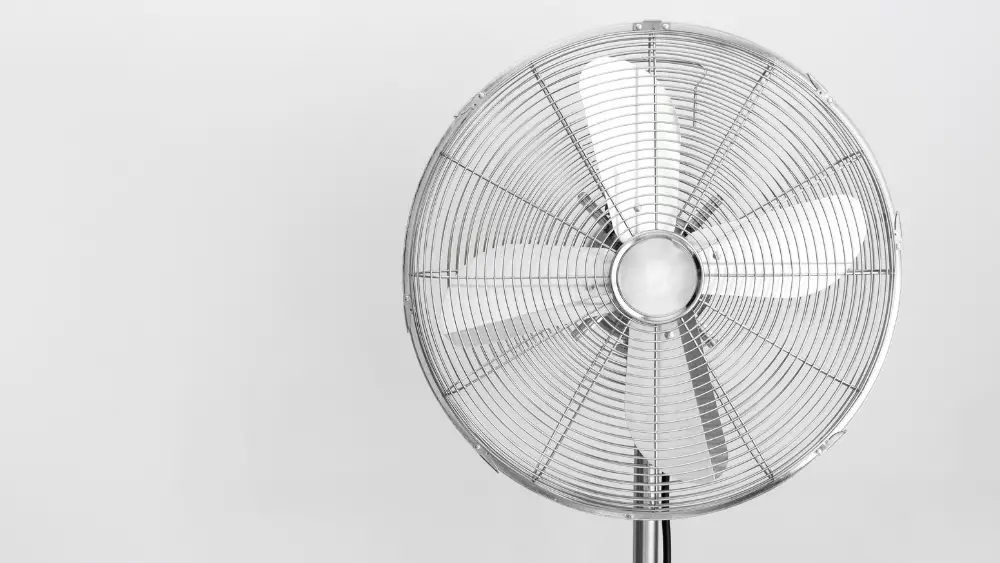
If the humidity level in your baby’s room is not excessive, fans can be a simple, affordable way to reduce humidity. By circulating the air, fans will help to evaporate any moisture that is present in the room. This can help to reduce the humidity level and make the room more comfortable for your baby.
There are a few things to keep in mind when choosing where to place your fan in the baby room. You want to ensure that the fan is not blowing directly on the baby. Also, be aware of any cords or other hazards that could pose a risk to your child. Once you have found a safe place for the fan, aim it in the direction of the humid areas in the room to help reduce the humidity levels.
Open Windows Regularly
Again, if the humidity level in your baby’s room is not too high, you may be able to reduce it by opening the windows regularly. This will allow outside air to circulate into the room and help to evaporate any moisture that is present.
Opening your windows for 10 to 15 minutes every day is an effective (and free!) way to keep the humidity level in your baby’s room at a healthy level. Another benefit of opening your windows regularly is to allow fresh, clean air to circulate throughout the room. This can help to improve your baby’s overall health and well-being. So, go ahead and open those windows every day – your baby will thank you for it!
However, keep in mind that if the temperature outside is higher than inside, this could make the room too hot for your baby. Also, be sure to place screens on the windows to prevent insects from entering your home.
Put Plants that Absorb Humidity in Your Baby’s Room
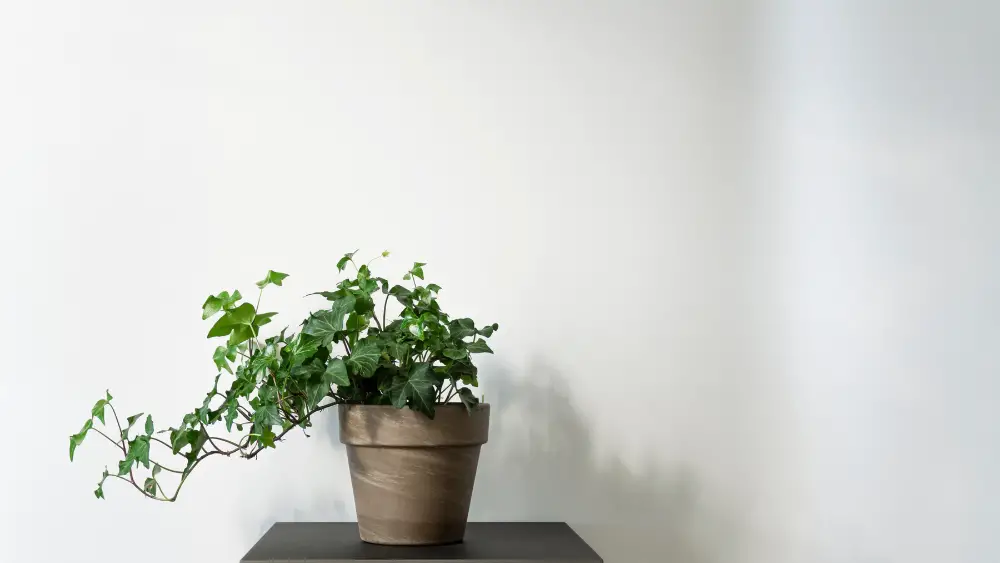
Not only do plants give your baby’s room a fresh and natural vibe, but some plants also absorb humidity and naturally purify the surrounding air. If you are looking for a way to reduce the humidity level in your baby’s room, adding one or two plants that absorb humidity can be a great solution.
One plant that is known for its ability to absorb humidity is the English ivy. This plant is easy to care for and thrives in both sunny and shady spots. If you are looking for a plant that can absorb humidity, the English ivy is a great option.
Another plant that absorbs humidity is the Boston fern. This plant does well in low-light conditions and does not require much water to thrive. The spider plant is also a great choice for a baby’s room if you are looking for a plant that absorbs humidity and is hard to kill!
Don’t Hang Clothes to Dry in Your Baby’s Room
If you are in the process of drying clothes, do not hang them to dry in your baby’s room. The heat and humidity from the clothes can contribute to an increase in the humidity level in the room.
Instead, try hanging your clothes outside to dry or in another room in your house that your baby doesn’t occupy. Getting a dryer is also an option, but if you are looking to save money, hanging your clothes outside or in another room is a great alternative.
Check Your Home for Possible Leaks
If you suspect that you have a leak in your home, it is crucial to get it fixed as soon as possible. A leak can cause a significant increase in the humidity level in your home, which can be dangerous for your baby’s well-being.
If you think you may have a leak, check the ceilings, walls, and floors for any water damage. If you see any water damage, it is important to get it fixed right away. Damp problems that go unfixed can affect your whole family’s health, not just your baby’s.
If you are unable to fix the leak on your own, be sure to contact a professional immediately. A professional can help you identify and fix the source of the leak, which will help to reduce the humidity level in your home.
Bottom Line
In conclusion, there are several ways that you can reduce the humidity level in your baby’s room. Using a dehumidifier or your air conditioning unit are the most effective ways to do so but comes at a cost. Other soft measures you can take if the humidity level is not excessive in your baby’s room are opening windows regularly, adding plants that absorb humidity, and checking for leaks in your home.
The purpose of this article is informative and educational only. It’s not a substitute for medical consultation or medical care. We do not accept any responsibility for any liability, loss, or risk, personal or otherwise, incurred as a consequence, directly or indirectly, from any information or advice contained here. Babycious may earn compensation from affiliate links in this content.
